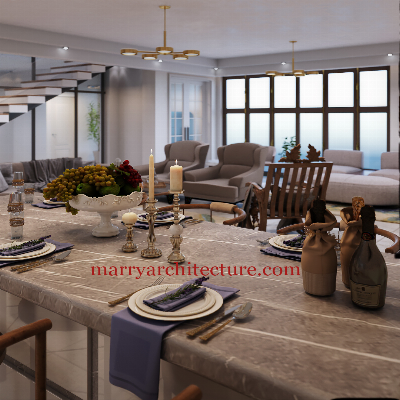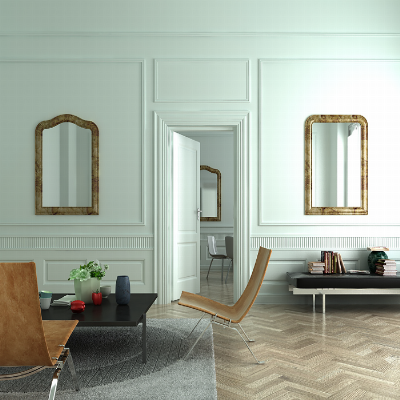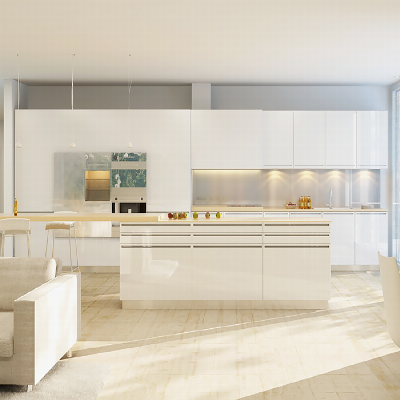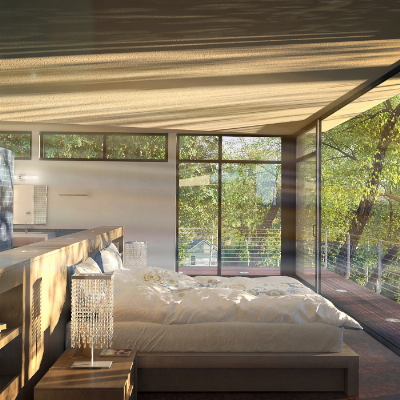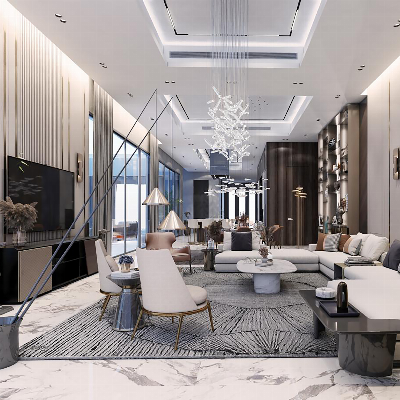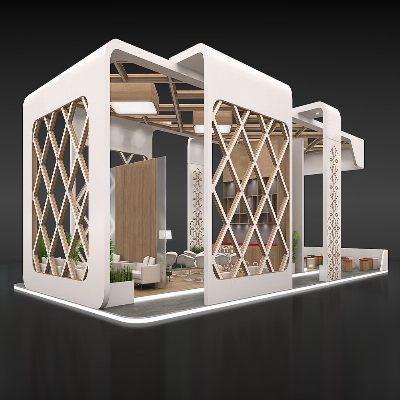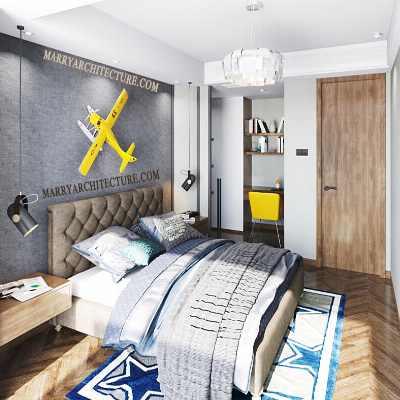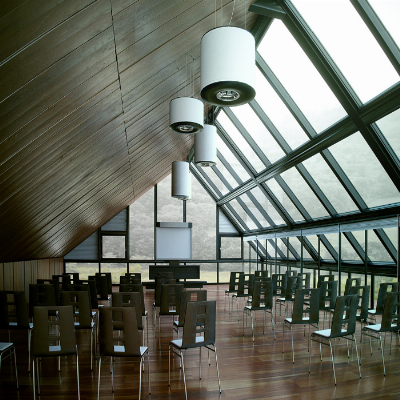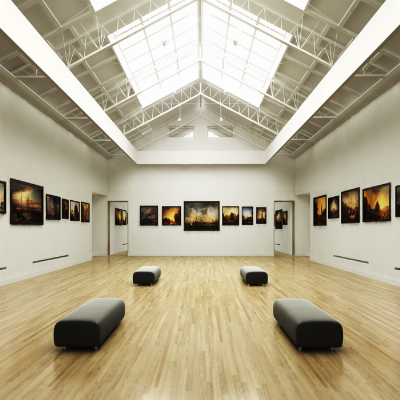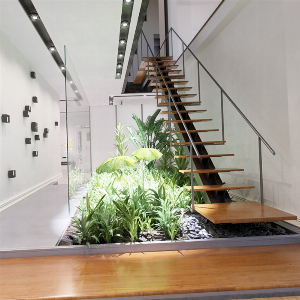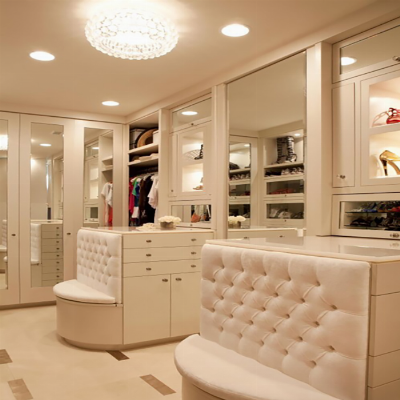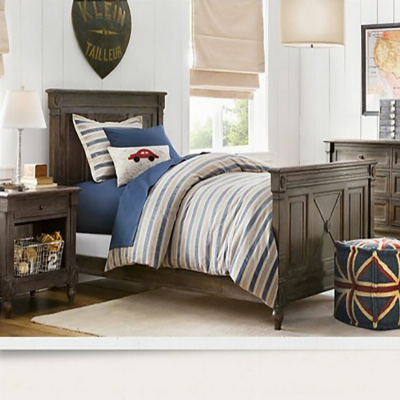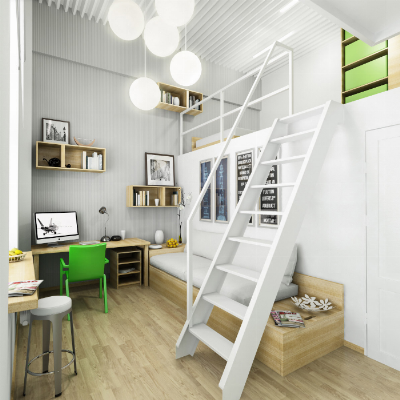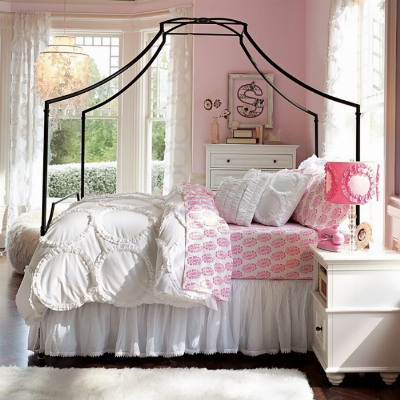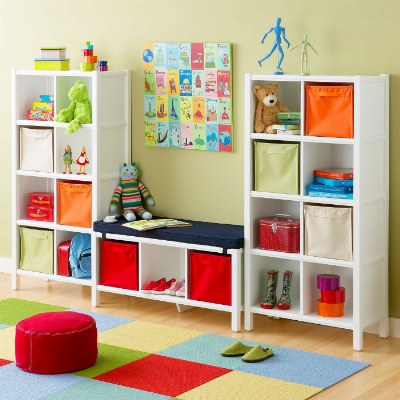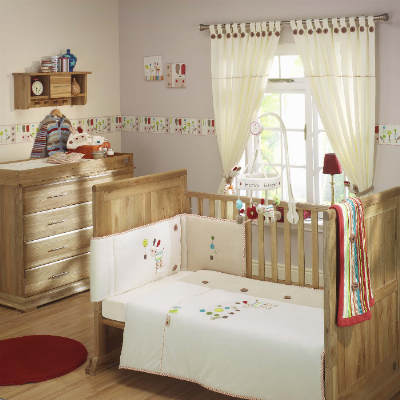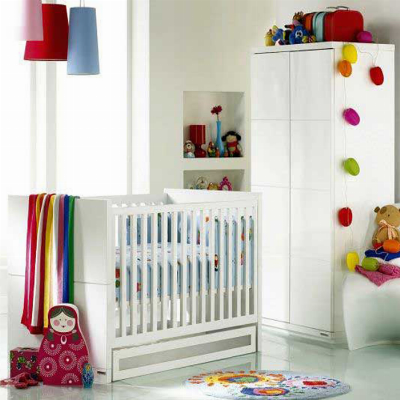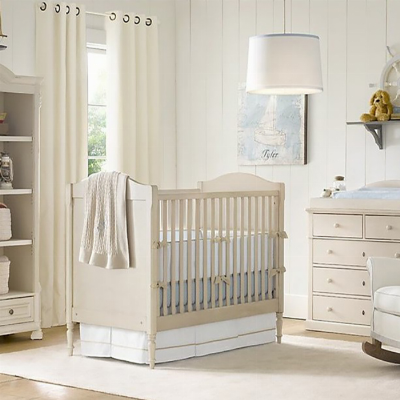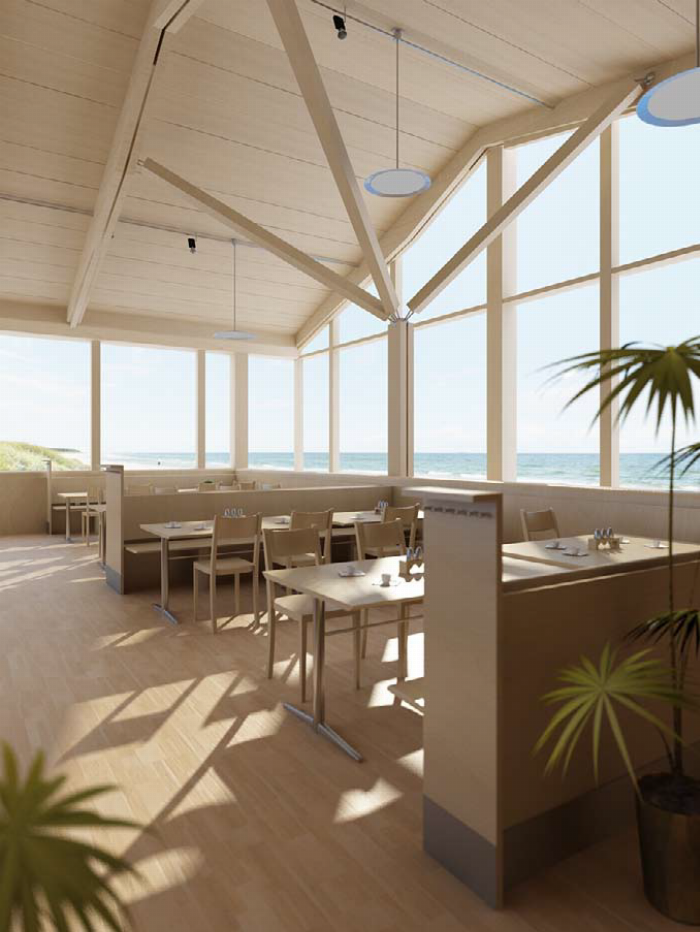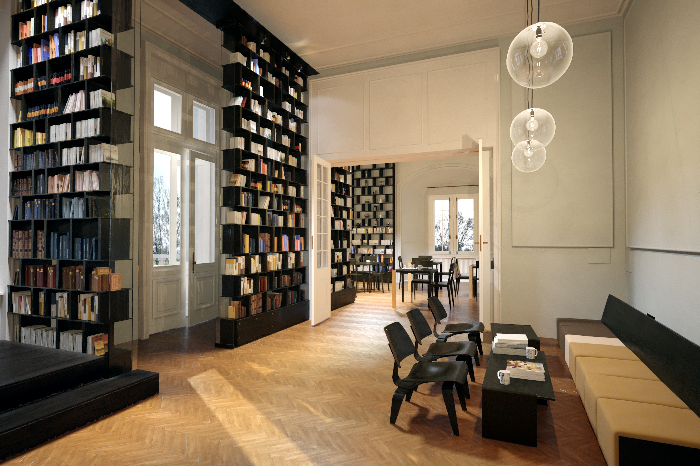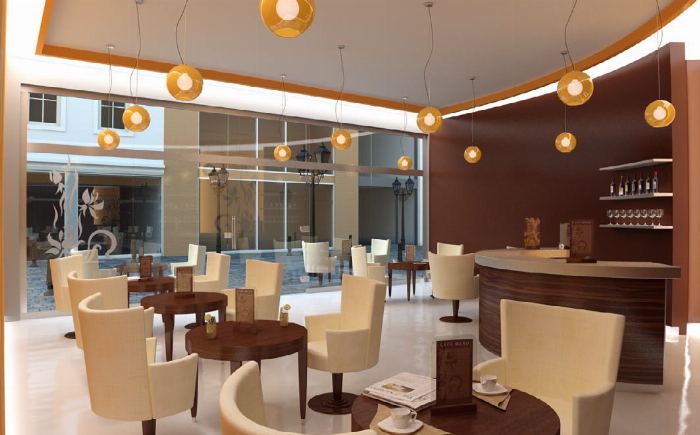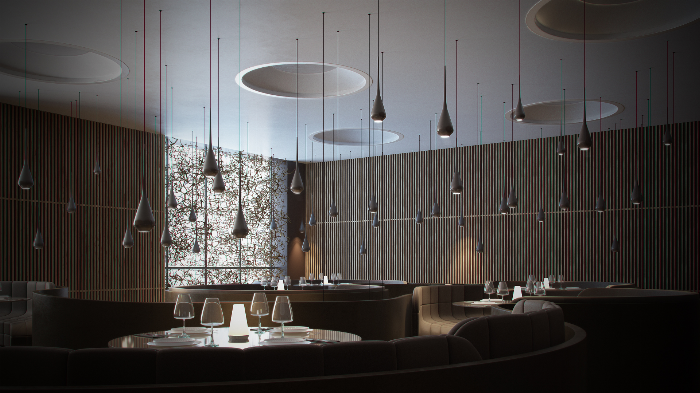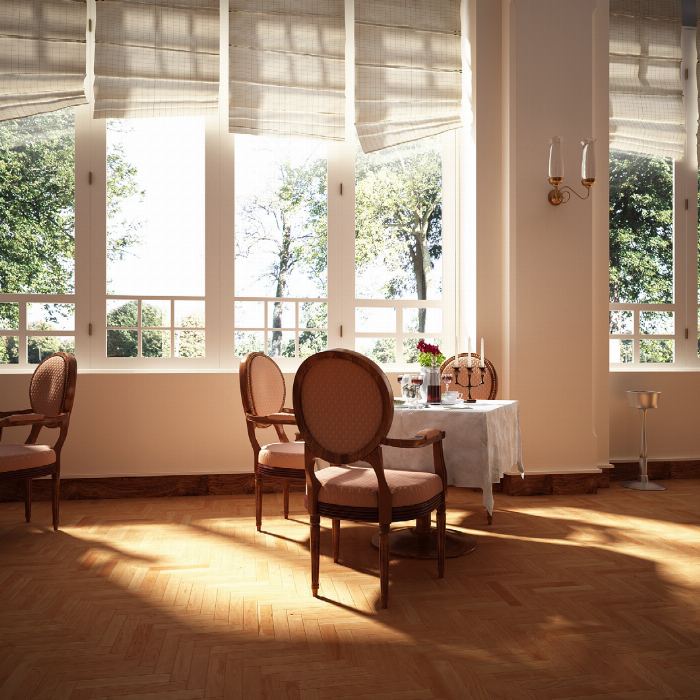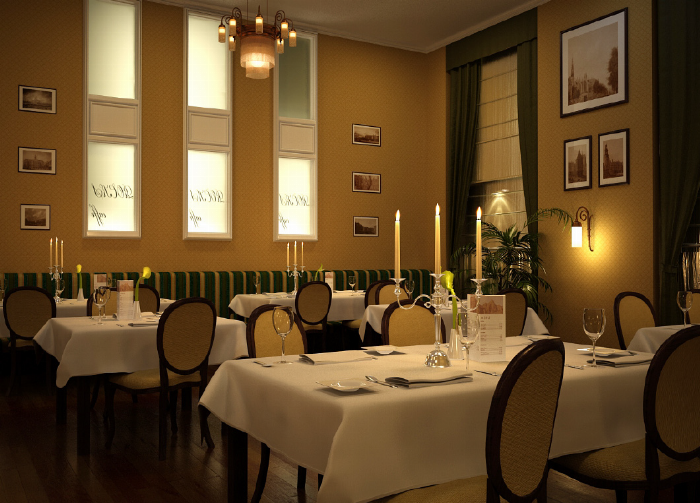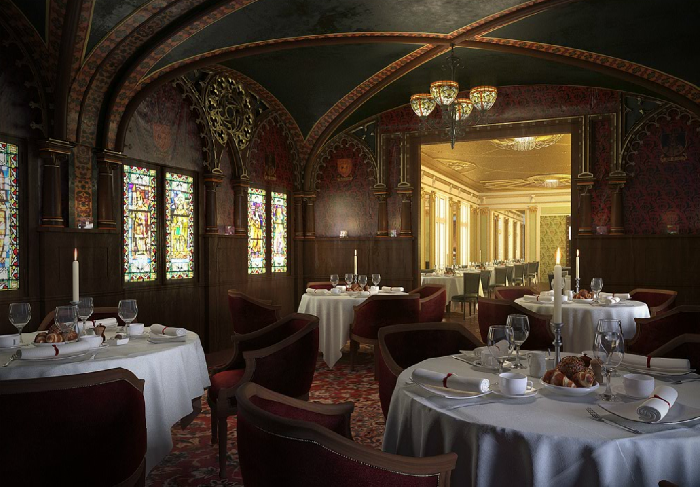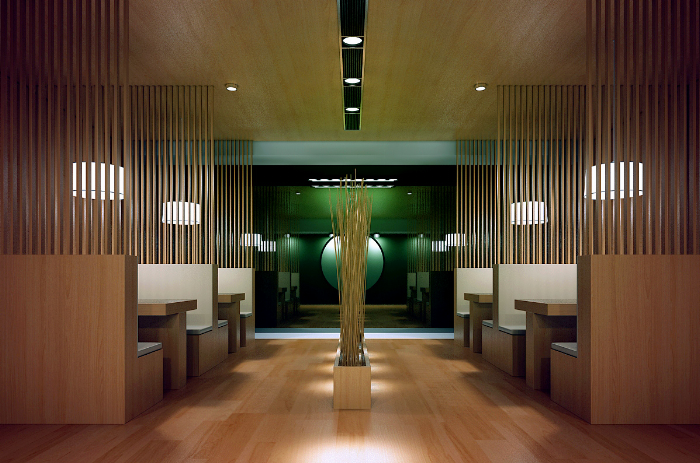When designing a restaurant, there are several important elements to consider to create a space that is inviting, functional, and conducive to a positive dining experience. One of the most important elements is the layout.
The restaurant layout should be designed to facilitate the flow of customers and staff, and to maximize the use of space. The layout should also take into account the restaurant's theme or concept, and should be flexible enough to accommodate changes in the menu or the restaurant's needs.
Lighting is another important element for designing a restaurant. The lighting should be carefully considered to create the right mood and atmosphere. Natural lighting is preferred, but if this is not possible, artificial lighting should be carefully selected to provide a comfortable and inviting dining experience.
Furniture and decor are also important considerations in restaurant design. The furniture should be comfortable, functional, and aesthetically pleasing. The decor should complement the restaurant's theme or concept, and should create a welcoming atmosphere for diners.
Acoustics and sound control are additional elements to consider when designing a restaurant. The restaurant should be designed to minimize noise and create a comfortable dining experience. Sound-absorbing materials and ceiling treatments can be used to improve acoustics.
Finally, kitchen design is a critical element for restaurant design. The kitchen should be designed to be functional and efficient, with adequate space for food preparation and storage. The kitchen should also be designed to promote food safety and cleanliness.
By considering layout, lighting, furniture and decor, acoustics and sound control, and kitchen design, designers can create a restaurant space that is both functional and inviting for customers.

